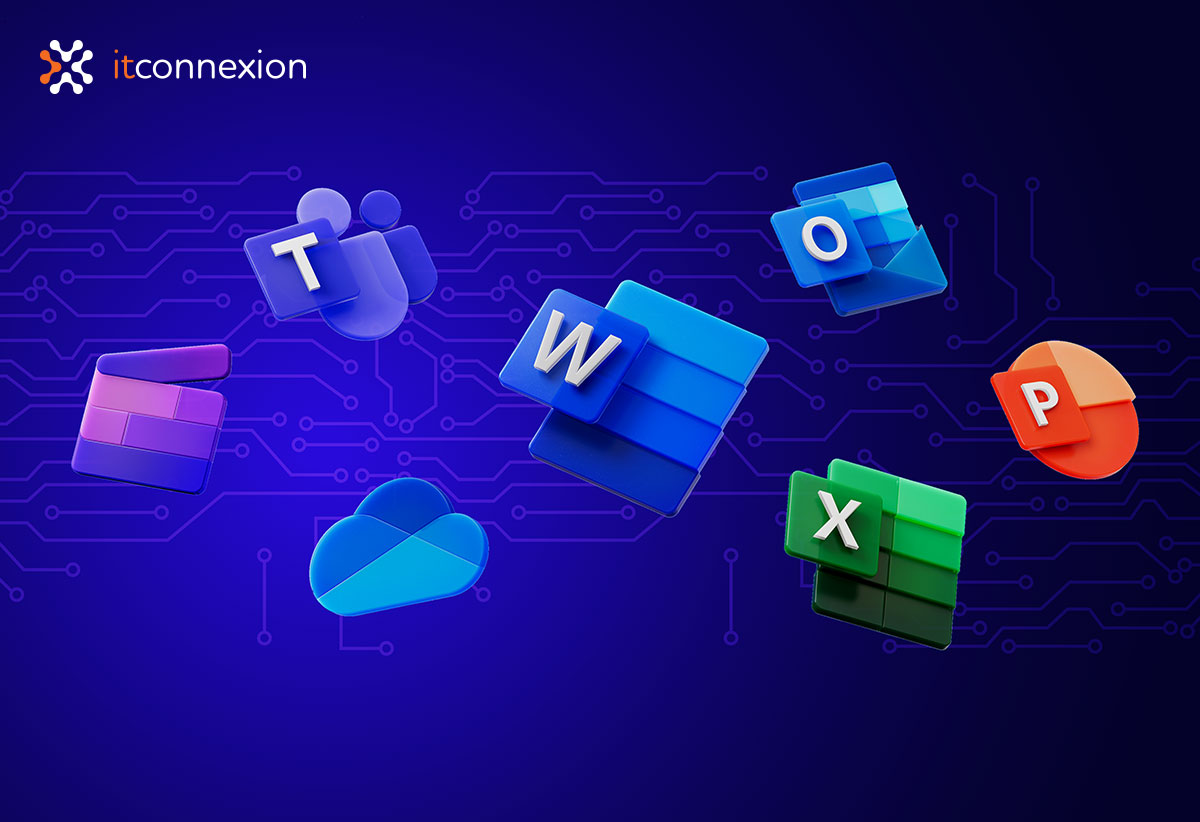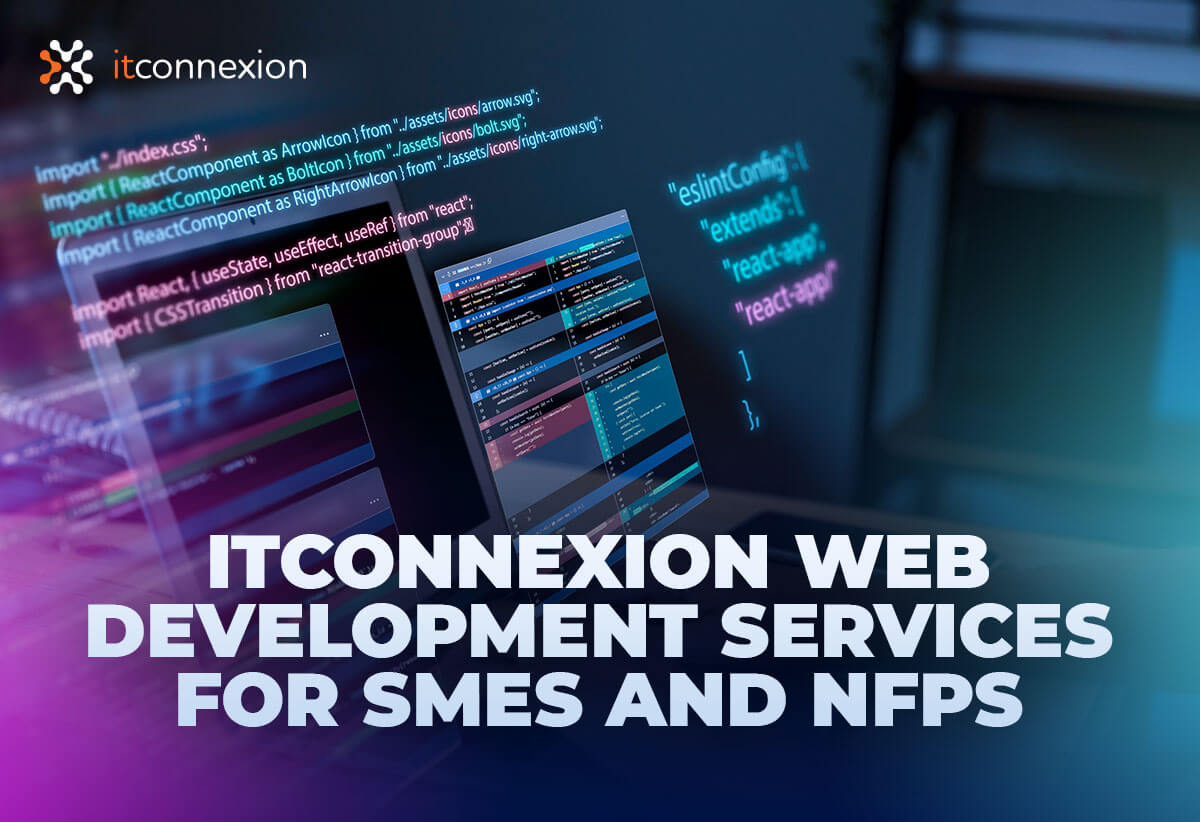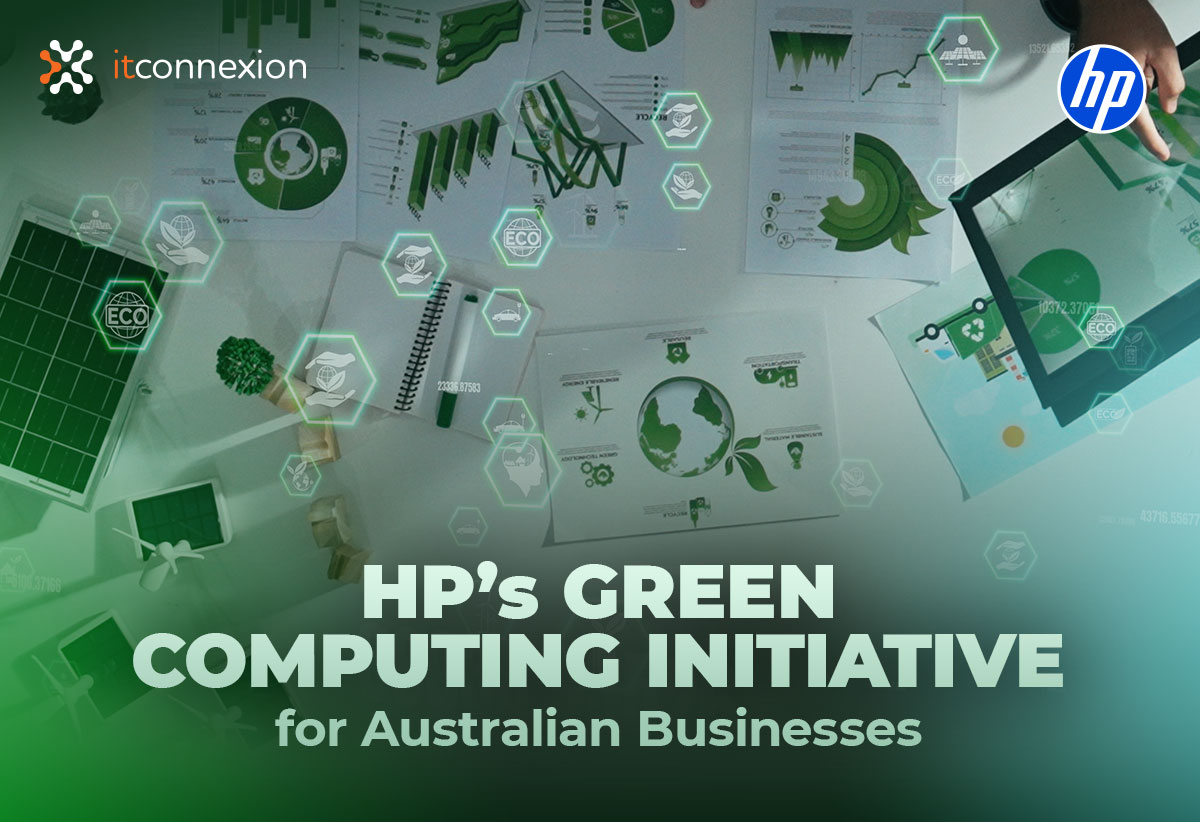Presenting an all-inclusive guide to Microsoft Copilot, this article delves into the advantages, pricing details, functional integrations, and potential alternatives of this AI-driven tool in 2023.
The implementation of practical generative AI has swiftly shifted from a futuristic concept to a tangible reality within a matter of months. Enterprises of all sizes are now grappling with the potential of AI to enhance productivity and efficiency. For those entrenched in the Microsoft ecosystem, Microsoft Copilot stands at the forefront of utilising AI in a business context.
In the realm of enterprise, there is a growing interest in leveraging AI to extract more value from the massive volumes of daily generated data. Many experts believe that a proficient AI platform is necessary to tackle this challenge. Microsoft Copilot, seamlessly integrated into Microsoft 365, Azure, Windows, and enterprise-wide data streams, promises to unlock creativity and productivity hidden within an organisation’s data and workforce.
What Exactly is Microsoft Copilot? Microsoft Copilot is an innovative AI product that merges the capabilities of large language models with enterprise-specific data from the Microsoft Graph and Microsoft 365 applications. By harnessing AI and natural language interactions, users gain access to enhanced answers and the potential to generate content from those responses. Developed on the foundation of the ChatGPT platform, Copilot was unveiled as an upcoming solution at the Microsoft Inspire conference in July 2023.
There are two existing versions of Copilot: Microsoft 365 Copilot and the more general Microsoft Copilot. It is essential to differentiate Microsoft 365 Copilot from the consumer-oriented Copilot platform, which is available in Bing Chat or non-enterprise editions of Microsoft 365. The latter’s language models are trained on generalised aggregate data from the internet, leading to more generalised outcomes. In contrast, Microsoft 365 Copilot relies solely on a specific enterprise’s internally generated data.
Both Copilot iterations are seamlessly integrated into Microsoft 365 applications, including Word, Excel, PowerPoint, Outlook, and Teams. This integration empowers employees to boost creativity, unlock productivity, and potentially enhance their skills. Furthermore, Microsoft 365 Copilot introduces AI enhanced Business Chat to the productivity suite, facilitating smoother communication across enterprise-specific data such as calendars, emails, documents, meetings, and contacts.
Business benefits of embracing Microsoft Copilot: Assuming Copilot performs as advertised, employees can kickstart projects (e.g., emails, presentations, reports, data visualisations, etc.) with AI-generated initial drafts. This approach streamlines the process, allowing for quicker refinement and iteration, reducing a step in the workflow. This efficiency not only increases productivity but also offers room for skill development.
For Microsoft 365 Copilot, the crux of these productivity gains lies in its ability to utilise enterprise-specific data right from the project’s inception. By drawing on internally generated data from emails, documents, calendars, and contacts, projects can be jump-started with relevant and pertinent assets.
For instance, if a Ford employee is crafting a presentation requiring visuals of movement, the AI, when suitably trained, should prioritise Ford-related products over their competitors. An AI trained on internet data might yield different results, undermining the purpose of deploying enterprise-specific generative AI.
By integrating Copilot into Microsoft Applications, Copilot is seamlessly woven into the fabric of all Microsoft 365 applications. Whether starting a Word document, reading an Outlook email, opening an Excel report, or updating a PowerPoint presentation, Copilot’s generative AI capabilities are ready to assist on command.
The specifics of how each Microsoft 365 application employs Copilot are still under development, with numerous use cases expected to emerge once the platform becomes operational. Microsoft has, however, outlined some fundamental concepts for Copilot’s application in a business context.
Here are examples of commands users might issue to Microsoft Copilot:
In Word:
Generate a two-page project proposal based on data extracted from a specified Word document and an Excel worksheet.
Enhance the conciseness of the third paragraph in the current document and adjust the tone to be more casual.
Produce a one-page draft based on the provided rough outline.
In Excel:
Analyse this sales data by type and channel, then insert a table.
Predict the impact of modifying a variable in this data and visualise the change through a chart.
Simulate the effect of altering the growth rate for a variable on my gross margin.
In PowerPoint:
Craft a five-slide presentation using content from a Word document, incorporating relevant stock photos.
Condense this presentation into a three-slide summary.
Rearrange these three bullets (from a specific PowerPoint presentation) into three columns, each with an accompanying image.
In Outlook:
Summarise the emails missed during last week’s absence, flagging any crucial items.
Draft a thank-you response to senders of an email, requesting additional details about their second and third points.
Condense and professionalise a draft email’s content and tone.
Invite all for a lunch-and-learn session on upcoming product launches, mentioning the provision of lunch.
In Business Chat:
Summarise ongoing chats, emails, and documents relevant to the current discussion topic.
Identify the next milestone for a project, highlight recognised risks, and brainstorm potential mitigations.
Compose a planning overview in the style of a specified existing document, integrating the project timeline from another document and incorporating a user’s project list from an email.
Potential issues and considerations with Microsoft Copilot: The efficacy of all AI platforms hinges on their training data. If Microsoft Copilot’s training data is flawed, biased, incomplete, or erroneous, the generated suggestions will mirror those deficiencies. The adage “garbage in, garbage out” holds true.
For Microsoft 365 Copilot, training takes on added significance as it relies solely on internally generated and gathered data. Organisations aiming to leverage AI effectively must vigilantly monitor the data accessible to Copilot. Selective data sharing is crucial; certain data, such as rejected ideas from brainstorming sessions, could taint the AI’s output and permeate throughout the organisation.
General versions of Microsoft Copilot require users and organisations to be aware of potential biases, transient trends, and other passing influences that might influence the AI-generated content. Not every internet-driven fad is suitable for official organisational documents.
An additional challenge, particularly for Microsoft 365 Copilot, arises from data siloing within departments. Data pertaining to projects under non-disclosure agreements, for instance, might remain isolated from the mainstream organisational data stream. Organisations need to weigh the benefits of shielding such data from AI against allowing AI access.
The primary caveat for Microsoft Copilot is its ongoing development. The use cases presented by Microsoft at the 2023 Inspire conference represent the company’s vision for the platform. The true capabilities of Copilot, whether positive or negative, will only be unveiled upon its public release. Until then, we can only rely on Microsoft’s optimistic marketing regarding Copilot’s potential.
Exploring Alternatives to Microsoft Copilot: Generative AI stands as one of 2023’s most significant technological trends, resulting in a proliferation of new and forthcoming AI platforms competing with Microsoft Copilot.
Despite its roots in ChatGPT, Microsoft’s AI chatbot, Bing Chat, operates as a standalone competitor. AI integration is already apparent in Microsoft Edge’s Bing Chat, and Google has introduced AI into its search engine and Chrome. Apple is reportedly developing its AI platform, signifying AI’s integration across digital applications.
Goliaths in the tech industry like Salesforce, Oracle, and Adobe are actively developing AI platforms.
Discover how ITConnexion can be your strategic technology partner, guiding you through the implementation of Microsoft Copilot and other innovative solutions. Contact one of our team members today to learn more about our services and how we can empower your business for a more productive and efficient future.





